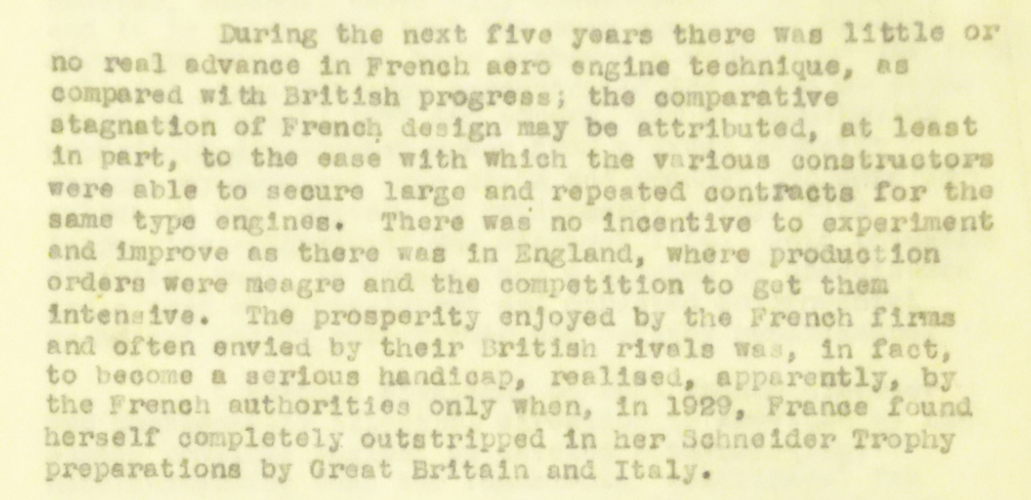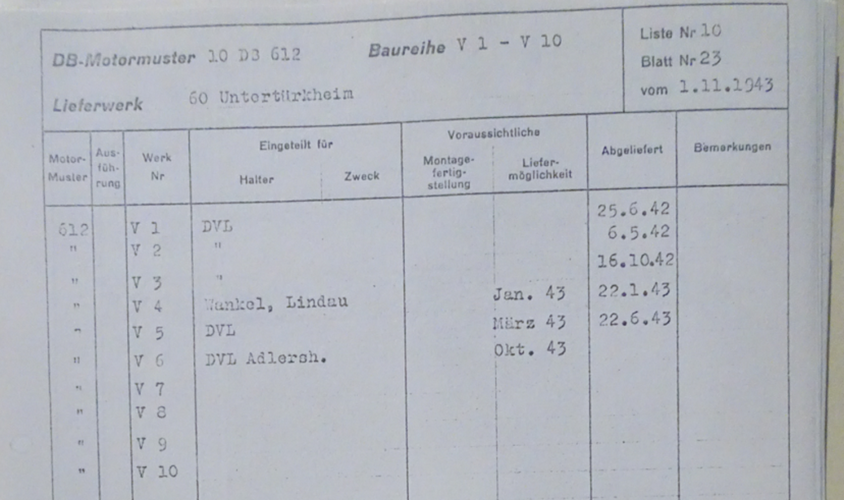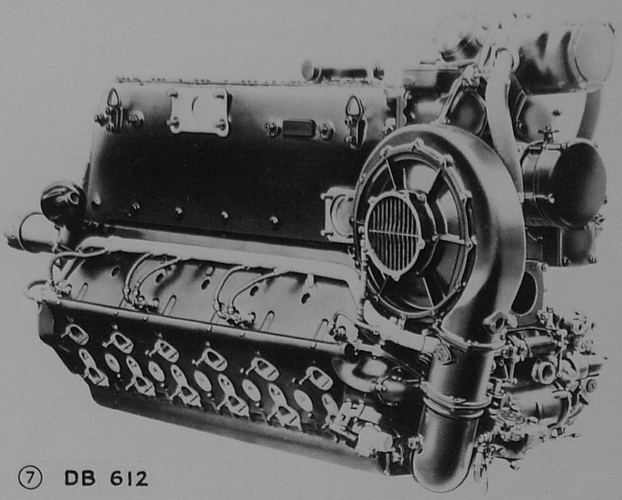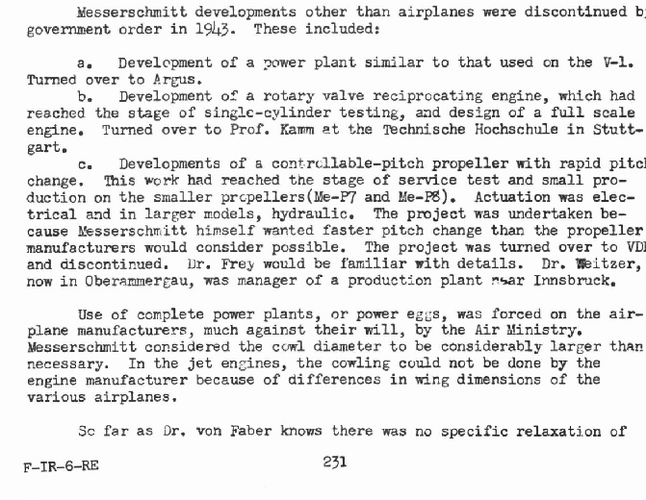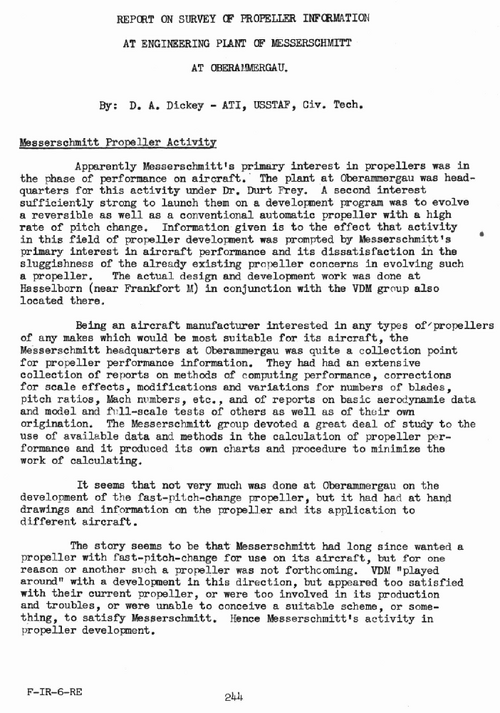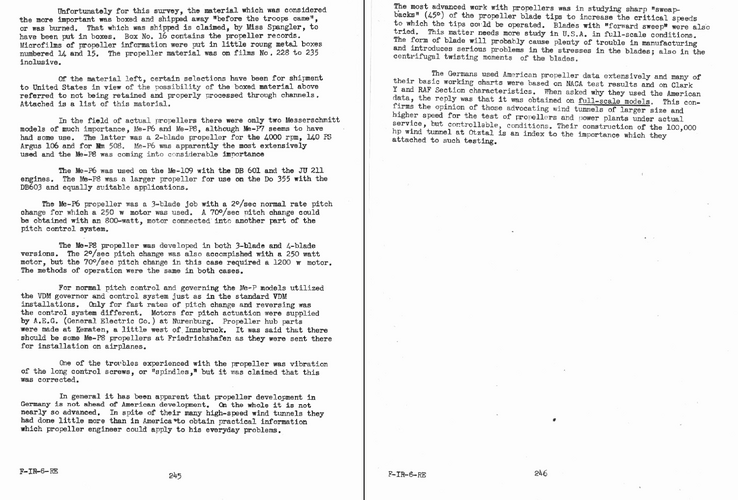I ordered my copy a few months ago from the main French aero bookstore, but was told it was not in stock and that I will receive it as soon as it is back. I assume I will have the second version.
Otherwise, I saw in this thread that if it will mainly be about Great Britain, the United States and Germany, there will be elements on Japan, Italy and the Soviet Union, and a little bit of France with Hispano-Suiza.
In the book, will there still be some elements on the reasons for the French failure to develop the turbocharger for aircraft (while this development was successful for ships)?
In my list (probably not exhaustive ) of turbocharged engines from France, I have :
-Breguet XIV (light bomber). In 1918, a Rateau turbocharger was mated to a 320 hp Renault 12-Fe engine. In 1923, this engine was mounted on a Breguet XIV A2. 16 planes are delivered to the 34th aviation regiment of Le Bourget. But this engine assembly did not pass the 10-hour endurance test.
-SPAD XIII (fighter). 1918 or 1919? Prototype n°706, HS 300 hp, Rateau turbocharger.
-Nieuport NiD-29 (fighter). 1919. Rateau Turbocharger. Altitude world record at 9520 m in 1919. The same aircraft reached 10,600 m in 1921 (record not approved because the landing aerodrome was different from that of take-off...).
-Bernard HV-120 (Schneider cup racer). At the end of 1929, the HV 120 received a Hispano-Suiza 1800 hp turbocharged engine (the aircraft was destroyed during a test on July 30, 1931 on the Etang de Berre).
-NiD-450 (Schneider cup racer). At the end of 1929, it received a Hispano-Suiza turbocharged 1800 hp engine.
-NiD 622 (fighter). 1931. Single-seat Sesquiplan fighter (No. 289) fitted experimentally with a mechanically driven Farman-Waseige two-stage turbocharger which was flight tested from December 1931 to June 1932.
-Dewoitine HD-41 (Schneider cup racer). 1931. Lorraine Radium engine. Dewoitine was the only one to receive this engine, which turned on the bench. Lorraine offered to make racing engines. In July, the first copy was sent to the Dewoitine factory in Toulouse (Haute-Garonne) for testing. The engine on the bench did not exceed 2,000 rpm. In order to understand the reasons, Maurice Barbarou decided to push the engine, which broke at 3,000 rpm. Different technical solutions in terms of supercharging to counter this problem were then imagined and tested: (...), classic Rateau turbocharger (powered by the exhausts), (...). Nothing helped: the desired power (2,300 hp) was not there. In August, the engine's fate was sealed.


